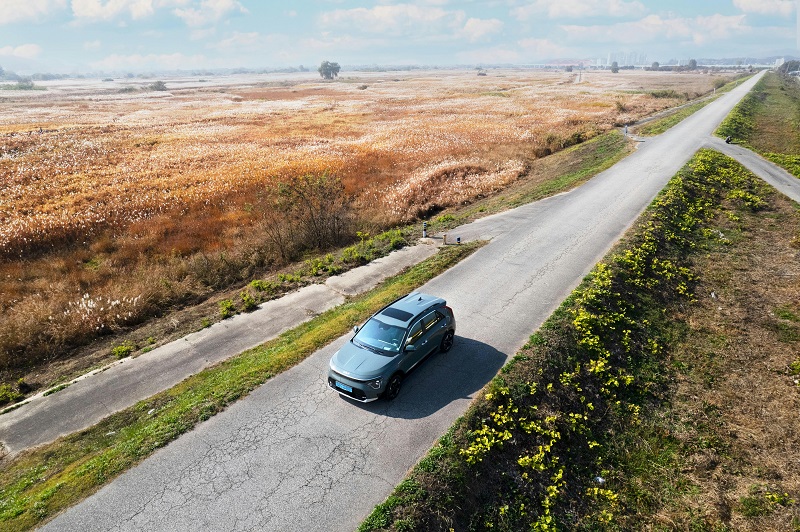Summer is the perfect time for a road trip, offering the freedom to explore new places and enjoy the great outdoors. However, a successful road trip requires more than just a destination and a tank full of gas. Prioritizing safety is crucial to ensure a fun and incident-free journey. Unfortunately, accidents do happen even with the best of planning. If you should have an accident, contact Michigan accident lawyers as soon as you can. They will be able to answer all of your questions and give you important advice about your accident.
Here are comprehensive tips to keep you and your passengers safe on the road this summer.
Pre-Trip Preparations
1. Vehicle Maintenance
Before hitting the road, it’s essential to ensure your vehicle is in optimal condition. Schedule a thorough check-up with your mechanic. This should include checking the oil, coolant, brake fluid, tire pressure, and tread depth. Also, verify that all lights—headlights, brake lights, and turn signals—are functioning properly.
2. Emergency Kit
Pack an emergency kit to prepare for unexpected situations. Your kit should include:
- First aid supplies
- Flashlight and extra batteries
- Blankets
- Bottled water and non-perishable snacks
- Basic tools (like a wrench and screwdriver)
- Spare tire, jack, and jumper cables
3. Route Planning
Plan your route ahead of time and familiarize yourself with the major roads and highways you’ll be taking. Use navigation tools to check for any road closures or construction that might affect your trip. Having an alternative route in mind can save time and stress.
4. Weather Monitoring
Keep an eye on the weather forecast for your route and destinations. Weather conditions can change rapidly, and being prepared can help you avoid dangerous situations.
5. Essential Documents
Ensure you have all necessary documents before you depart. This includes your driver’s license, vehicle registration, and insurance papers. Having these on hand can save time if you encounter any issues on the road.
During the Trip
1. Seat Belt Safety
Make it a rule that everyone in the vehicle must wear their seatbelt at all times. Seat belts significantly reduce the risk of injury in case of an accident.
2. Avoiding Distractions
Distracted driving is a leading cause of accidents. Keep your focus on the road and avoid using your phone, eating, or engaging in other distractions while driving. If you need to use your phone, use hands-free devices or pull over safely.
3. Regular Rest Stops
Fatigue can impair your ability to drive safely. Take regular breaks to stretch, use the restroom, and switch drivers if possible. Aim to stop every two hours or 100 miles to rest and refresh.
4. Adhering to Speed Limits
Always follow posted speed limits and adjust your speed according to road conditions. Driving too fast or too slow can be hazardous. Be particularly cautious in construction zones where speed limits may be reduced.
5. Staying Hydrated and Fed
Keep plenty of water and healthy snacks in the car to stay hydrated and maintain your energy levels. Dehydration and hunger can lead to fatigue and decreased concentration.
Practicing Defensive Driving
1. Staying Alert
Remain vigilant and be aware of other drivers. Anticipate potential hazards and be prepared to react quickly. Avoid aggressive driving behaviors and give other drivers plenty of space.
2. Maintaining Safe Distance
Keep a safe following distance from the vehicle in front of you. The general rule is to stay at least three seconds behind the car ahead, allowing more space if the weather or road conditions are poor.
3. Using Signals
Communicate your intentions to other drivers by using your turn signals when changing lanes or making turns. This helps prevent accidents and misunderstandings on the road.
4. Checking Blind Spots
Regularly check your mirrors and be aware of your vehicle’s blind spots. When changing lanes, look over your shoulder to ensure the lane is clear.
5. Night Driving Caution
Driving at night requires extra caution. Use your headlights appropriately and be mindful of animals that might cross the road. Reduce your speed and increase your following distance in low-light conditions.
Handling Specific Situations
1. Construction Zones
Approach construction zones with caution. Slow down, follow posted signs, and be prepared for sudden stops. Be patient and watch for workers and equipment on the road.
2. Inclement Weather
If you encounter rain, snow, or fog, slow down and increase your following distance. Use your headlights and windshield wipers to improve visibility. If conditions become too dangerous, find a safe place to pull over and wait it out.
3. Vehicle Breakdowns
In the event of a breakdown, pull over to a safe location off the road and turn on your hazard lights. Stay inside the vehicle if it’s unsafe to exit, and call for roadside assistance.
Utilizing Technology
1. GPS and Maps
Use a reliable GPS system but also keep a physical map as a backup. Technology can fail, and having a map can help you navigate if your GPS stops working.
2. Driving Apps
Consider using apps that provide real-time traffic updates, weather alerts, and route suggestions. These tools can help you avoid delays and navigate unfamiliar areas.
3. Hands-Free Devices
If you need to make calls, use hands-free devices to keep your hands on the wheel and eyes on the road.
By following these tips, you can ensure that your summer road trip is not only enjoyable but also safe. Happy travels!
 By Banwari LB
By Banwari LB
Bio: Banwari LB is a Writer, SEO Professional Blogger & Founder of BlogBuddi.com With over 12 years of experience, he handles clients globally & also educates others with different digital marketing tactics.

